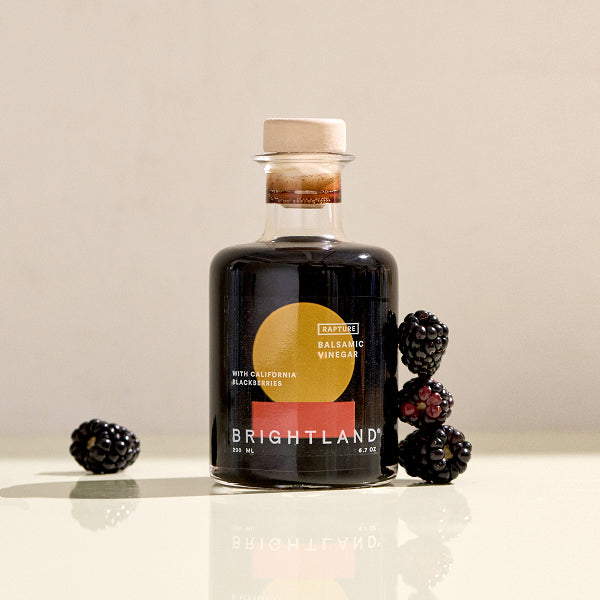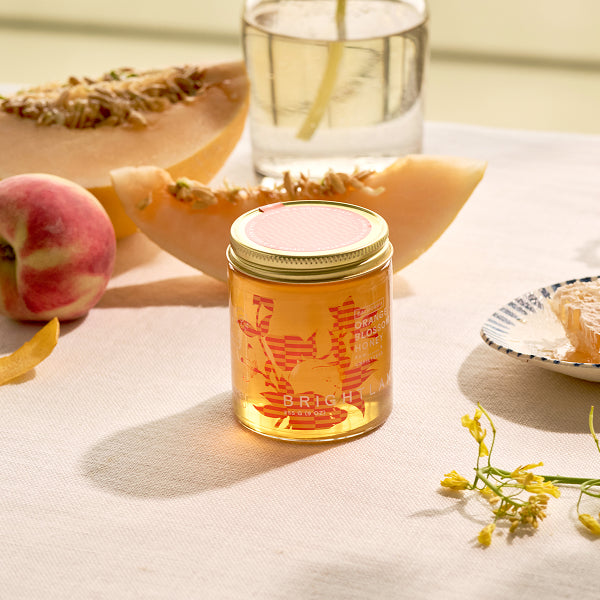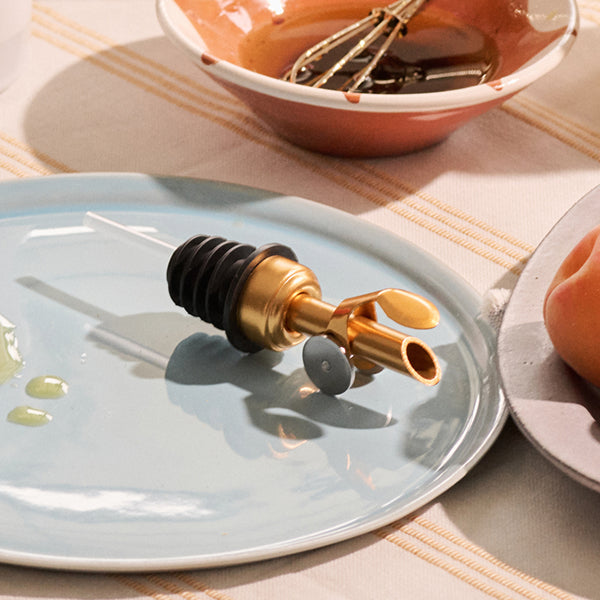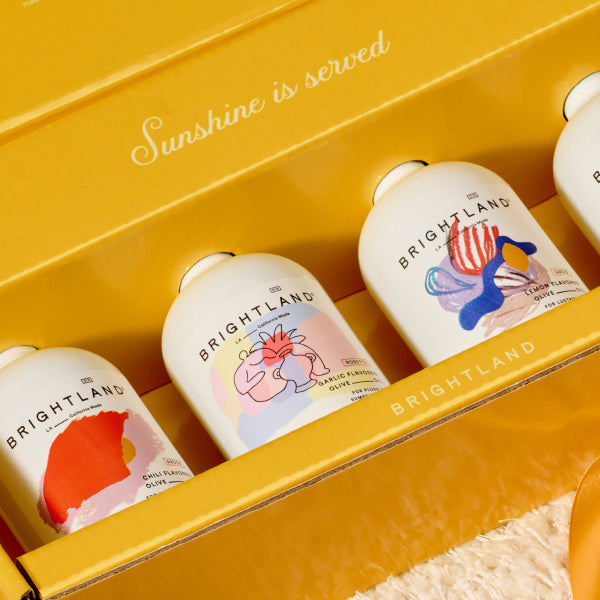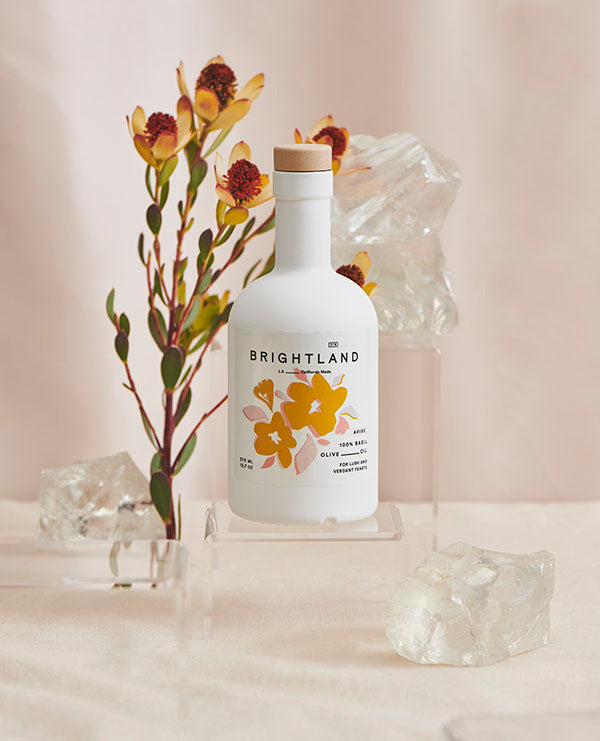You will likely see pure olive oil and extra virgin olive oil sitting next to each other in the grocery aisle. Even though they may be placed right next to each other, and the names sound very similar, pure olive oil and extra virgin olive oil are actually two totally different kinds of oil. In this guide, we break down the difference between pure olive oil vs. extra virgin olive oil in three main categories: processing, color and flavor.[close type="rte"] [open type="images" small="true"]

Pure Olive Oil vs. Extra Virgin Olive Oil: Processing
Pure olive oil might sound like it is a higher grade than extra virgin olive oil, but the opposite is true. Pure olive oil has undergone refining processing using chemicals, heat and/or other methods to remove undesirable compounds and improve the smell and taste of the olive oil. FYI, you may also see pure olive oil labeled as classic olive oil, regular olive oil, refined olive oil, light olive oil or even just plain olive oil.
While these refining processes may remove some undesirable compounds that can compromise the taste and smell, it also hastens the degradation of antioxidants and other beneficial ingredients in the olive oil. As a result, pure olive oil has less health benefits than extra virgin olive oil.
[close type="rte"][open type="images" small="true"]
Pure olive oil may sometimes be mixed with a little bit of extra virgin olive oil (usually less than 10 percent) in order to add back some of the color and flavor. Do not let that fool you, though! Just because pure olive oil may look and smell similar to extra virgin olive oil does not mean they are the same. However, in most cases, it will be readily apparent which one is pure olive oil and which one is extra virgin.
[close type="rte"][open type="rte"]
Pure Olive Oil vs. Extra Virgin Olive Oil: Color
Your first clue to whether or not an olive oil has been refined is the color. Pure olive oil usually has a light yellow color and, in some cases, it might be almost clear. On the other hand, extra virgin olive oil has a distinct golden green color that is traditionally associated with olive oil. If the bottle is transparent, you will be able to tell the color just from looking at the bottle. If the packaging is not transparent, then pour a little bit of olive oil into a plain white dish to judge the color. (Keep in mind that for the longest shelf life, olive oil of all kinds should be stored in opaque packaging to protect against UV damage from light.)
[close type="rte"][open type="rte"]Pure Olive Oil vs. Extra Virgin Olive Oil: Flavor
If the color does not give you a clear indication of whether or not an olive oil has been refined, then the taste certainly will. Pure olive oil has a mild, neutral taste and can come very close to flavorless. In fact, it will taste more like a canola oil or a vegetable oil than an extra virgin olive oil, even though it comes from olives. This is because the refining process breaks down many of the flavor compounds in the olive oil. On the flip side, extra virgin olive oil will have the strong, peppery, grassy flavor that is traditionally associated with olive oil. While some people like to use pure olive oil in situations where they do not really want to taste the oil (such as baking), in these cases, it is usually more cost effective to choose another kind of vegetable oil as opposed to pure olive oil. If you want to know even more about the different types of olive oil, then check out our comprehensive breakdown.[close type="rte"][open type="images" count="1"]

At Brightland, we only sell extra virgin olive oil made from the highest quality olives harvested at the peak of freshness. We strive to be as transparent as possible about our harvesting and processing methods so you can buy your olive oil with confidence. Shop our collection today.[close type="rte"]



